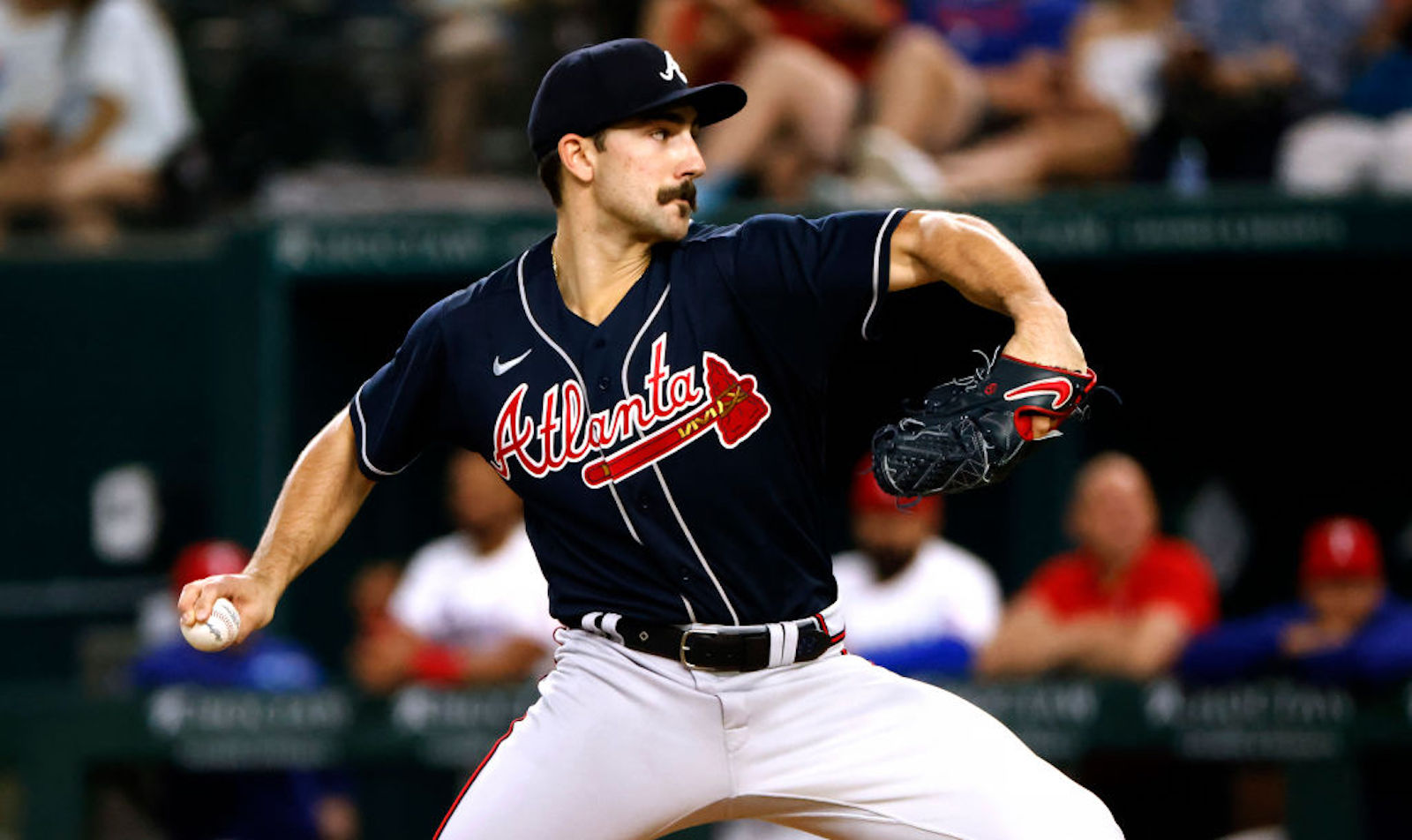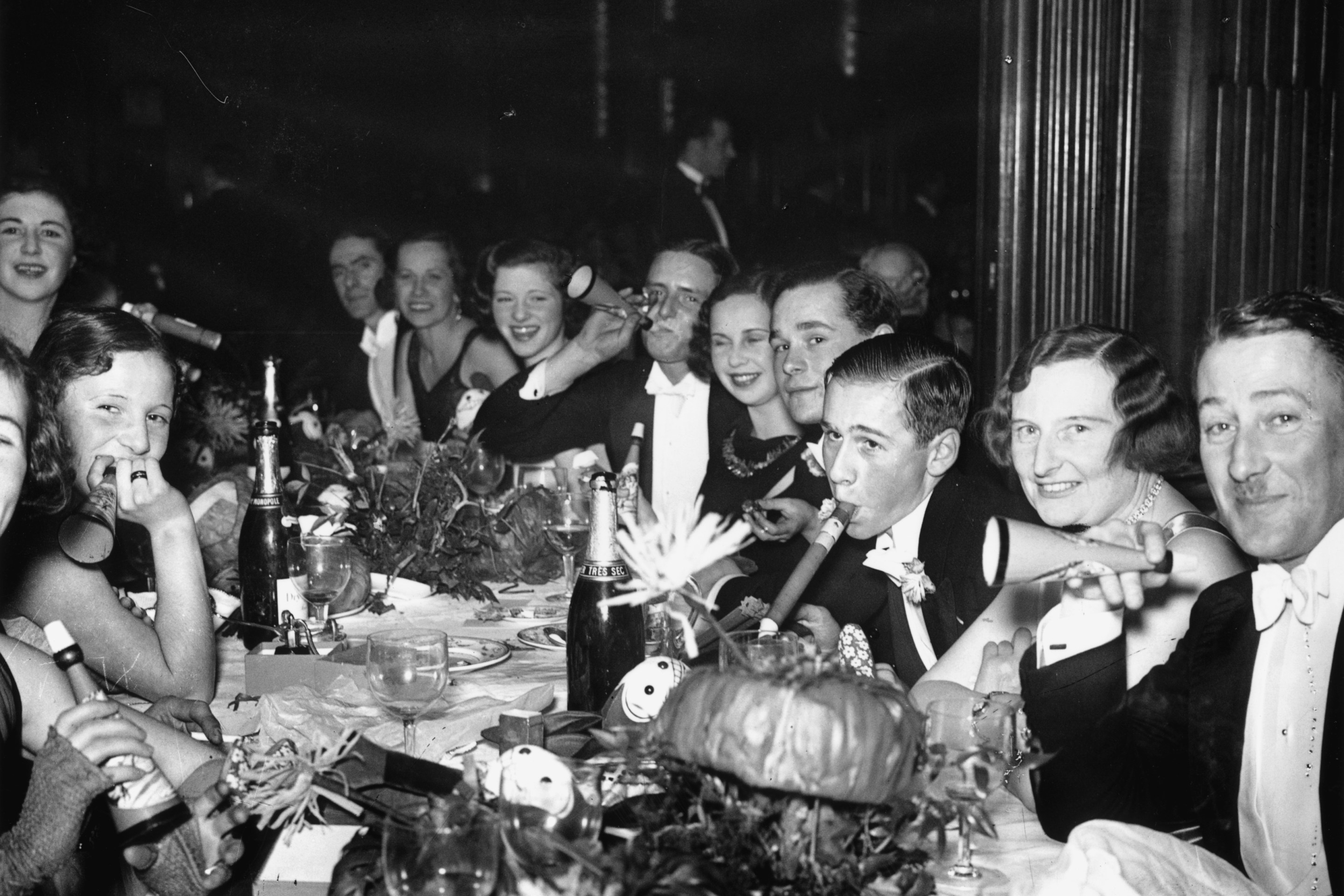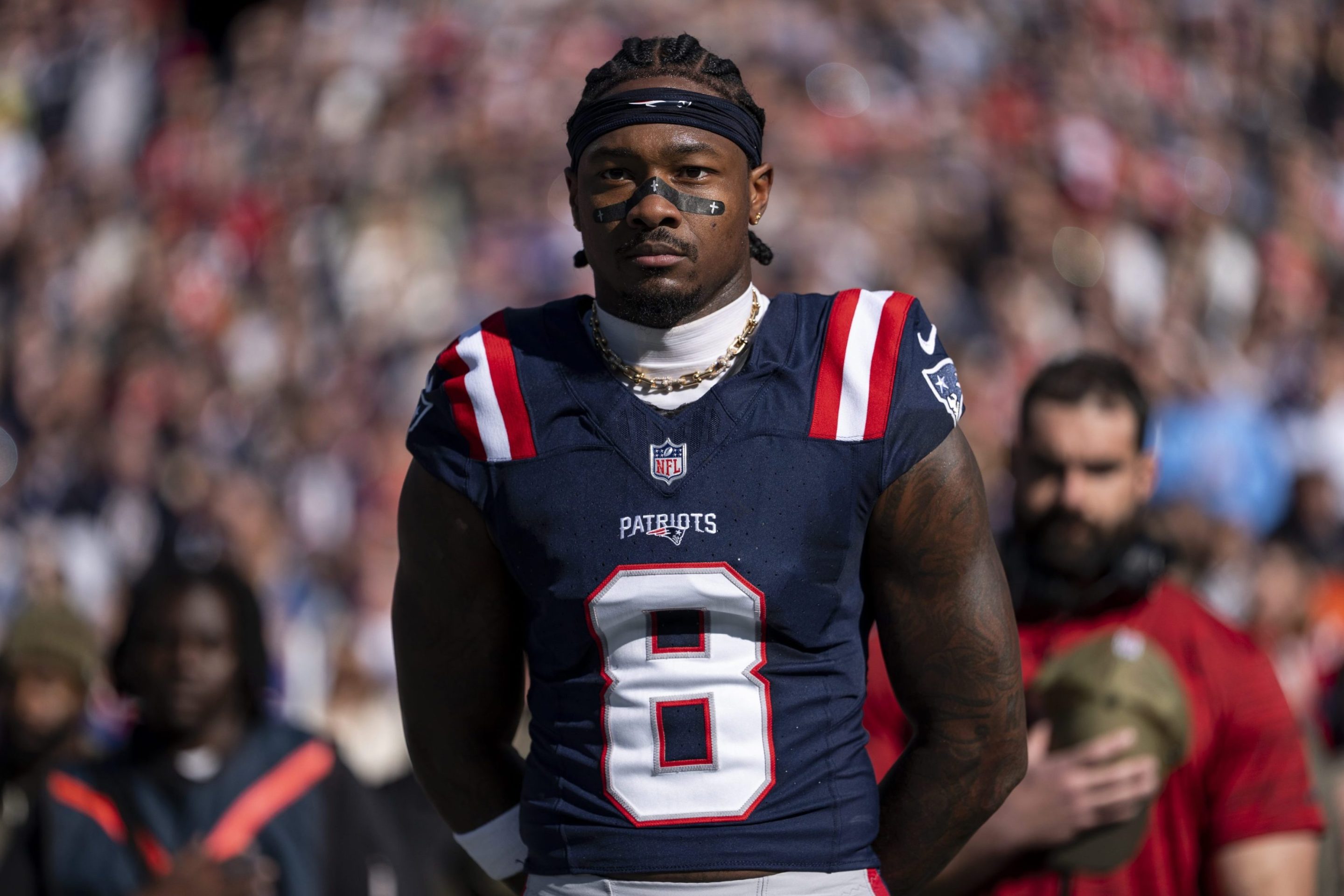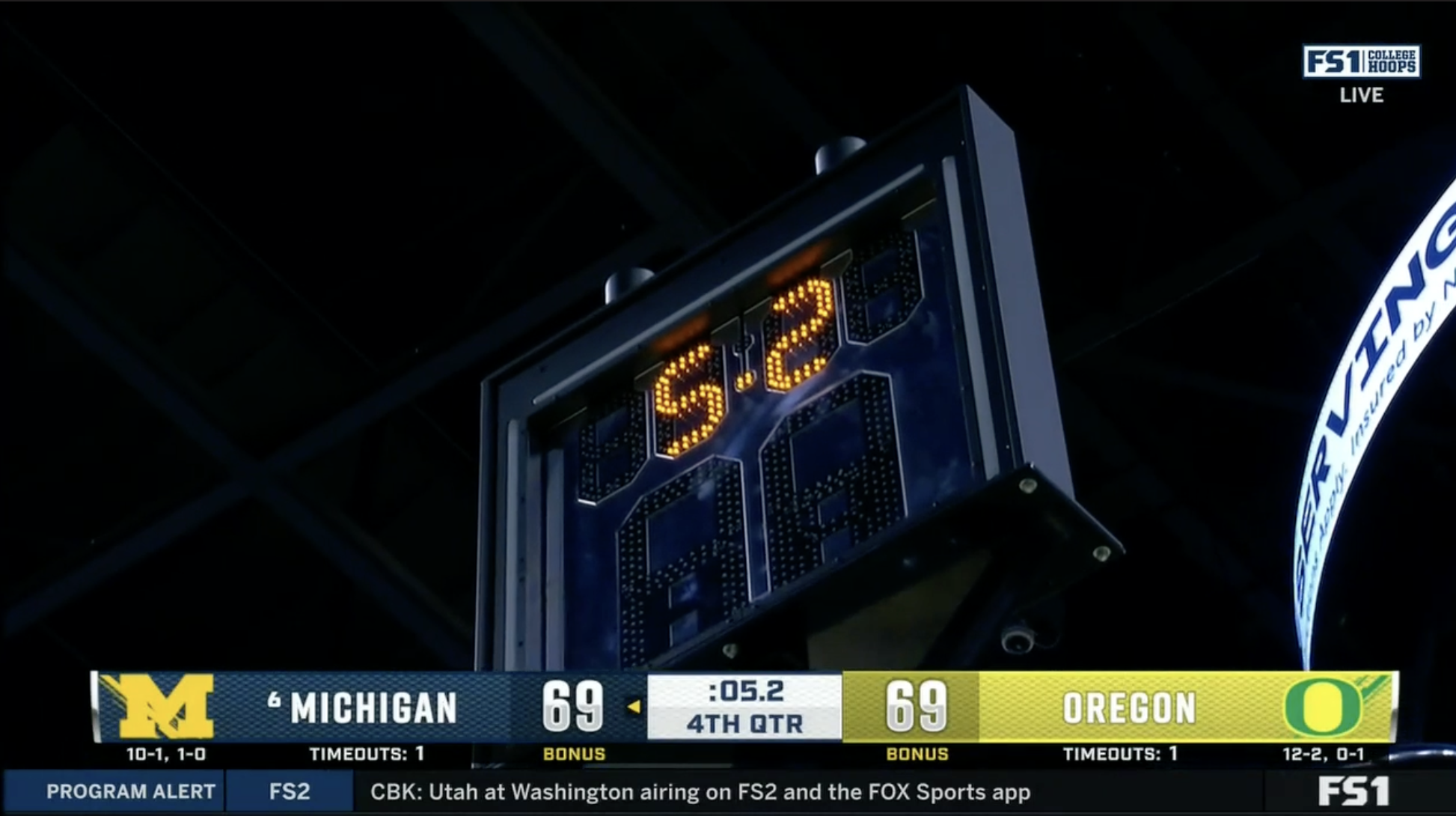Braves starting pitcher Spencer Strider struck out nine Phillies in six innings last night, on his way to his fifth win of the season. The performance was indicative of Strider's still-young MLB career, in that it was dominant and ruthlessly efficient, but also relatively short. Strider has made 31 starts in his career, and in eight of those starts he's struck out exactly nine batters while pitching five or six innings. Recording 15 to 18 outs, nine of them by strikeout, is more or less Strider's baseline performance. All of those baseline performances pile on top of each other, and what they eventually add up to is, well, the best pitcher in the league.
If you feel slightly ambushed by that descriptor being applied to a guy who has just one full season of big-league starts to his name, that's because the league itself has been ambushed by Strider. The Braves drafted him out of Clemson in the fourth round of the 2020 draft, and he made the big-league roster in 2022 as a bullpen innings-eater. He stayed in that role through the first two months of the season, until the Braves were struck by a brilliant idea: Hey, instead of having this guy come out of the bullpen and strike out the side for two to four innings in the middle of a game, why don't we just start him and have him do that for five, six, or maybe even seven innings? Strider made his first start on May 30 last season, and he hasn't looked back. Coming into last night's game, he had 262 strikeouts through his first 30 major-league starts, which put him on a list with Dwight Gooden, Kerry Wood, and Hideo Nomo. He left last night's game with 106 strikeouts on the season in just 63.2 innings pitched; along the way he became the first starter in 130 years to strikeout 100 batters in 61 innings.
So, this guy is obviously great, but what's also remarkable is how he's managed to be great. Plenty of pitchers have made the transition from reliever to starter, but that particular change in job description usually requires a pitcher to dial back his pitch-by-pitch effort for the sake of innings consumption. It's easier to blow guys away with max-effort stuff when you know you only have to be on the mound for a handful of outs, but starters have historically been more diligent about pacing themselves. Strider simply hasn't dialed anything back. As Timothy Jackson at Baseball Prospectus pointed out last July, Strider is one of the rare reliever-to-starter converts to not lose any of his fierceness after making the transition. His strikeout rate this season, a ludicrous 41.6 percent, is even higher than it was last season, and the whiff rates on all of his pitches have climbed from where they were in 2022.
About those pitches: Strider only throws 2.5 varieties. Sixty percent of the time he throws a four-seam fastball that reaches 99 mph, and he supplements that with an unhittable slider that he throws 32 percent of the time. Between those two anchor pitches he sometimes mixes in a changeup that is, you guessed it, completely untouchable. A lot of big-league pitchers, may of them dominant relievers, have an arsenal like this—hard fastball, biting slider, backup offspeed pitch—but what sets Strider apart from all of them is the control with which he wields his. Strider's pitches always seem to go exactly where he wants to put them, and there's no real way to beat a guy who can consistently locate two of the best pitches in the league.
All of this makes watching Strider pitch a kind of odd experience. I remember being a dumb, baseball-watching child who was totally transfixed by Eric Gagne, and occasionally unspooling a fantasy in my head in which instead of coming on to dazzle me for just one inning at the end of the game, Gagne was allowed to put on his show as a starter. Even then I knew this was a dumb thought, because you can't just be Eric Gagne and a starter at the same time. The two identities were incompatible. But watch these highlights from a start Strider made last season, in which he struck out 16 Rockies in eight innings:
I don't know, man ... is that not just Eric Gagne pitching for eight entire innings? It's just so relentless—the two spectacular pitches, thrown over and over again, neither of them ever missing a spot or coming anywhere near a barrel. These are the sorts of innings and sequences that are supposed to be possessed only by truly dominant relievers, the guys who pitch 65 innings a year and strikeout 14 batters per nine innings. Strider, through 11 starts, is striking out 15 batters per nine innings this season.
The dark and looming question, of course, is how long Strider can keep this up. The only other two starters to have struck out 100 batters in fewer than 63 innings did so recently: Shane Bieber in 2020 and Jacob deGrom in 2021. Bieber missed a few months of the 2021 season with a shoulder injury, and has noticeably dialed things back since returning. He pitched 200 innings in 2022, but struck out just under nine batters per nine innings, a steep drop from the 14.2 per nine he struck out in 2020. So far this season he's pitched 71 innings, and is striking out 6.9 batters per nine. Meanwhile, deGrom has never once thought about taking an ounce of effort out of any single pitch, and as a result he's lived his career in a constant loop of injuries. It will feel like a miracle if he ever pitches 150 innings in a season.
So who the hell knows what will ultimately become of Strider. He's kept this up for 31 starts now, which is a full season's worth but also just a blip in a career. The future will arrive when it arrives, but for now Strider is going out there every fifth day and providing a stunning answer to a childish question: What if a team just turned its best reliever into a starter and let him go nuts?







